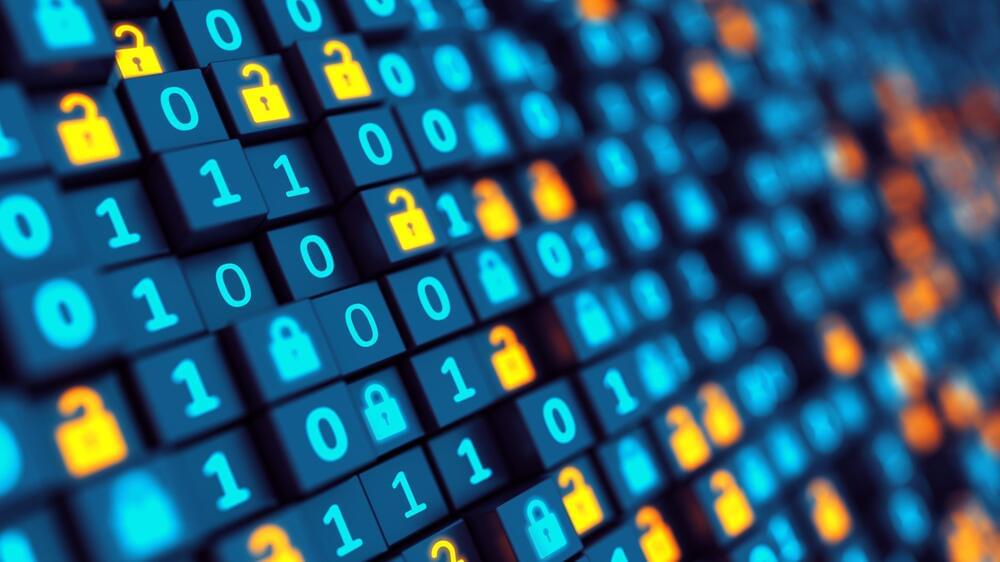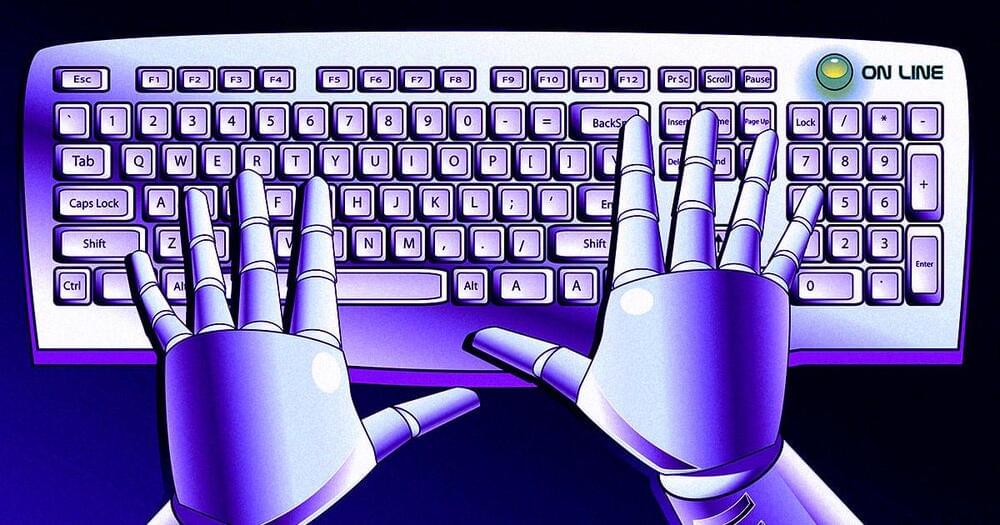On Tuesday, OpenAI announced fine-tuning for GPT-3.5 Turbo—the AI model that powers the free version of ChatGPT—through its API. It allows training the model with custom data, such as company documents or project documentation. OpenAI claims that a fine-tuned model can perform as well as GPT-4 with lower cost in certain scenarios.
So basically, fine-tuning teaches GPT-3.5 Turbo about custom content, such as project documentation or any other written reference. That can come in handy if you want to build an AI assistant based on GPT-3.5 that is intimately familiar with your product or service but lacks knowledge of it in its training data (which, as a reminder, was scraped off the web before September 2021).







